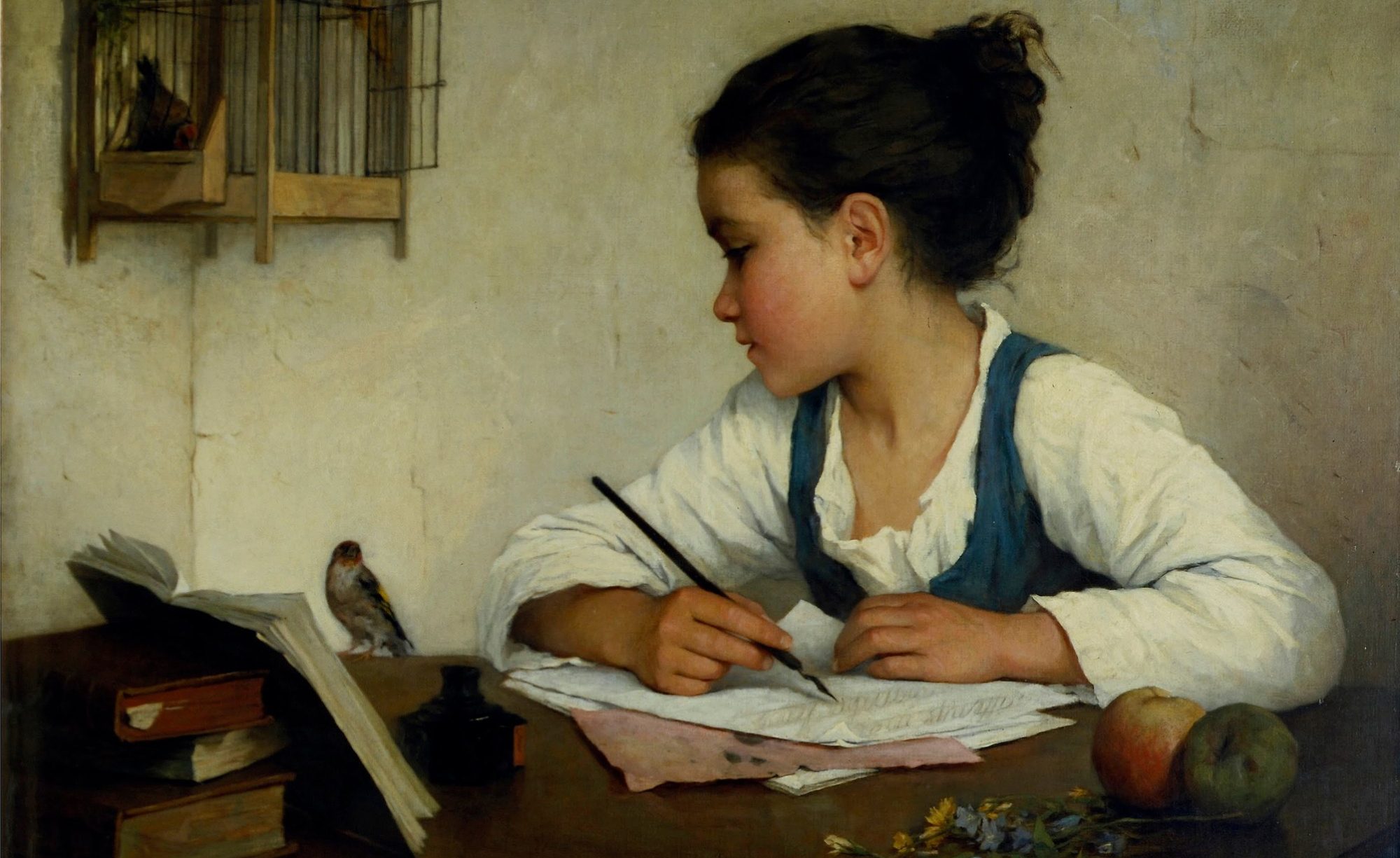
“The cry of ‘Milk’ or the rattle of the milk-pail, will never cease to be heard in our streets. There can be no reservoirs of milk, no pipes through which it flows into the houses. The more extensive the great capital becomes, the more active must be the individual exertion to carry about this article of food. The old cry was ‘Any milk here !’ and it was sometimes mingled with the sound of ‘Fresh cheese and cream;’ and it then passed into ‘Milk, maids below;’ and it was then shortened into ‘Milk below;’ and was finally corrupted into ‘Mio’ which some wag interpreted into mieau—demi-eau—half water. But it must still be cried, whatever be the cry. The supply of milk to the metropolis is perhaps one of the most beautiful combinations of industry we have. The days are long since passed when Finsbury had its pleasant groves, and Clerkenwell was a village, and there were green pastures in Holborn, and St. Pancras boasted only a little church standing in meadows, and St. Martin’s was literally in the fields. Slowly but surely does the baked clay of Mr. Stucco, ‘the speculative builder’ stride over the clover and the buttercup; and yet every family in London may be supplied with milk by eight o’clock every morning at their own doors. Where do the cows abide? They are congregated in wondrous masses in the suburbs; and though in spring-time they go out to pasture in the fields which lie under the Hampstead and Highgate hills, or in the vales of Dulwich and Sydenham, and there crop the tender blade,
‘When proud pied April, dress’d in all his trim,
Has put a spirit of youth in everything.’
yet for the rest of the year the coarse grass is carted to their stalls, or they devour what the breweries and distilleries cannot extract from the grain harvest. Long before ‘the unfolding star wakes up the shepherd’ are the London cows milked; and the great wholesale vendors of the commodity who have it consigned to them daily from more distant parts to the various Metropolitan Railway Stations bear it in carts to every part of the town, and distribute to the hundreds of shopkeepers and itinerants, who are anxiously waiting to receive it for re-distribution amongst their own customers. It is evident that a perishable commodity which every one requires at a given hour must be so distributed. The distribution has lost its romance. Misson, in his ‘Travels’ published at the beginning of the last century, tells of Maygames of ‘the pretty young country girls that serve the town with milk.’ Alas! the May-games and pretty young country girls have both departed, and a milk-woman has become a very unpoetical personage. There are few indeed of milkwomen who remain.” — from A History of the Cries of London, Ancient and Modern, by Charles Hindley
My blog has been silent for almost a week. I was a single mom while my husband was in Europe for over ten days. He came home last night to find his kids alive and healthy and his wife on the verge of a nervous breakdown. But he brought presents and chocolate, so we are all happy again.
I thought I would make a short excerpt from the sections on bread and milk in John Trusler’s The London Adviser and Guide: Containing every Instruction and Information Useful and Necessary to Persons Living in London and Coming to Reside There. The technicalities of buying bread and milk in London called into my mind The Cries of London, (or London Cries) a book that featured the songs and calls of the urban street vendors. Unfortunately, I couldn’t find an online version of the book, but I found many other resources and got a little carried away, as you can see. So, for this post, I’m excerpting information on bread and milk sellers from sources published in mid 1700s to late 1800s , including many images of milk maids (Surprisingly, there isn’t a great deal of art featuring bakers.)
Let’s dive into The London Adviser and Guide, published in 1786:
Continue reading “Buying Bread and Milk in 18th and 19th Century London”



